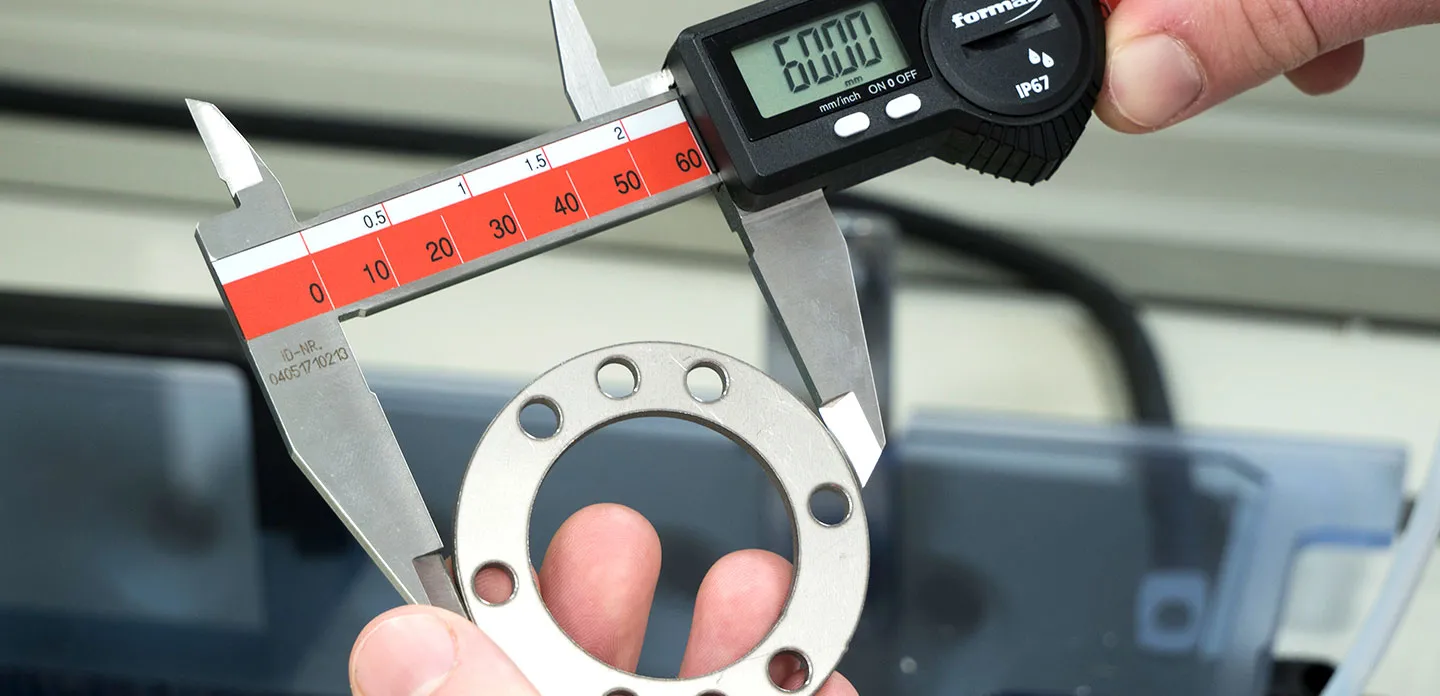The world leader in electroforming, chemical-etching, and laser-cutting technologies, Veco B.V. helps customers solve design challenges by pushing the boundaries of what is possible through the micro-fabrication of high-precision metal parts. Veco applies electroforming and photo-etching technologies on an industrial scale to satisfy the requirements of its international customer base in the inkjet printing, semiconductor, health care, food, and automotive industries. The company is headquartered in Eerbeek, the Netherlands, and operates production facilities there, as well as in; Weymouth, United Kingdom, and Charlotte, N.C. The company works with customers to develop the advanced manufacturing systems necessary to produce precision parts that cannot be created using traditional machining. According to Process Engineer Doga Emirdag, who develops electroforming systems at Veco, the company needed to upgrade the way that it communicated with machining vendors and move from paper engineering drawings to digital product manufacturing information (PMI) to save engineering time, reduce lifecycle costs, and improve quality. “When I joined Veco, the company was primarily using AutoCAD® software to design manufacturing machinery and draft 2D drawings of parts,” Emirdag recalls. “I knew that we could better serve our customers by using 3D CAD instead of continuing with 2D tools. However, even though it would be familiar to the existing engineering and technician staff, I knew if we transitioned to the commonly accepted 3D modeling and 2D-generated drawings workflow, we would be spending half of the engineering hours working on the 2D representations; time that could be better spent designing new systems and innovative manufacturing approaches.” After initially trying to use Autodesk® Inventor® design software, which was already available in the company due to an attempt to transition from one Autodesk product to another, Emirdag asked if he could purchase the SOLIDWORKS 3D development platform instead. “I’ve used SOLIDWORKS for design since 2008 and knew that the software provided access to a more complete range of integrated solutions that could help us streamline development and production,” Emirdag explains. One of those integrated solutions is SOLIDWORKS Model-Based Defi nition (MBD) software, which leverages SOLIDWORKS 3D design data to organize and present production manufacturing information (PMI) and geometric dimensioning and tolerancing (GD&T) information in 3D digital format. “After seeing a demo of SOLIDWORKS MBD software by Design Solutions NL, our value-added reseller, I purchased a SOLIDWORKS MBD license key and added it to the SOLIDWORKS Professional deployment that I already had,” Emirdag recounts. “Before hearing about MBD, I had already started using the DimXpert™ tool to pull dimensions on SOLIDWORKS 3D models, which I then sent [the native SOLIDWORKS file] to vendors, instead of relying on drawings.” Emirdag adds. “However, I ran into compatibility issues with some vendors not being on the same SOLIDWORKS version, or not using SOLIDWORKS at all. With SOLIDWORKS MBD, it’s much easier to publish a 3D PDF, which everyone can open and read.”
ELIMINATING DRAWING TIME SINK
Since adding SOLIDWORKS MBD software to its SOLIDWORKS Professional installation, Veco has cut the time required to design and manufacture machine components in half. Emirdag attributes these time savings to the complete elimination of 2D drawings and the time required to detail, check, update, and manage them. “Preparing manufacturing drawings is a game you can never win; the speed at which you change your models while developing equipment cannot be kept up with if you need to prepare and publish drawings for every update. It becomes a total waste of time that hampers your ability to make necessary design changes,” Emirdag says. “I used to spend an entire day creating and updating engineering drawings after changes to the design were made,” Emirdag continues. “With SOLIDWORKS MBD software, I can publish information-rich 3D PDFs with all of the information required for manufacturing in about 10 minutes per part.”
